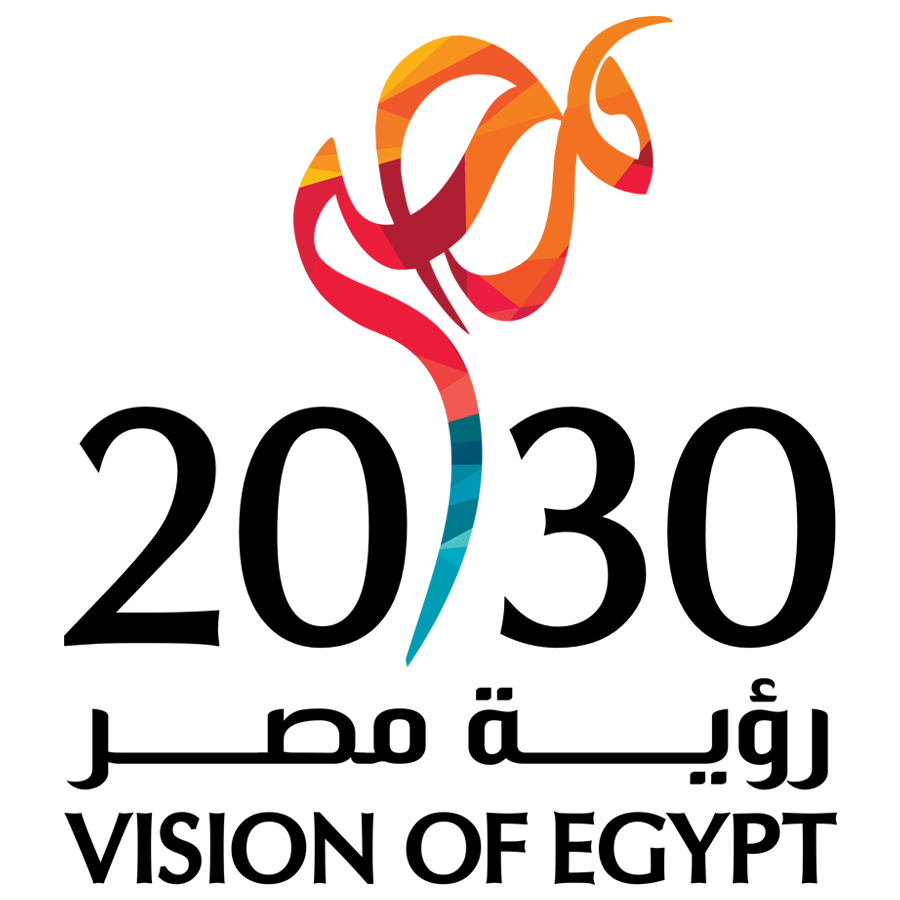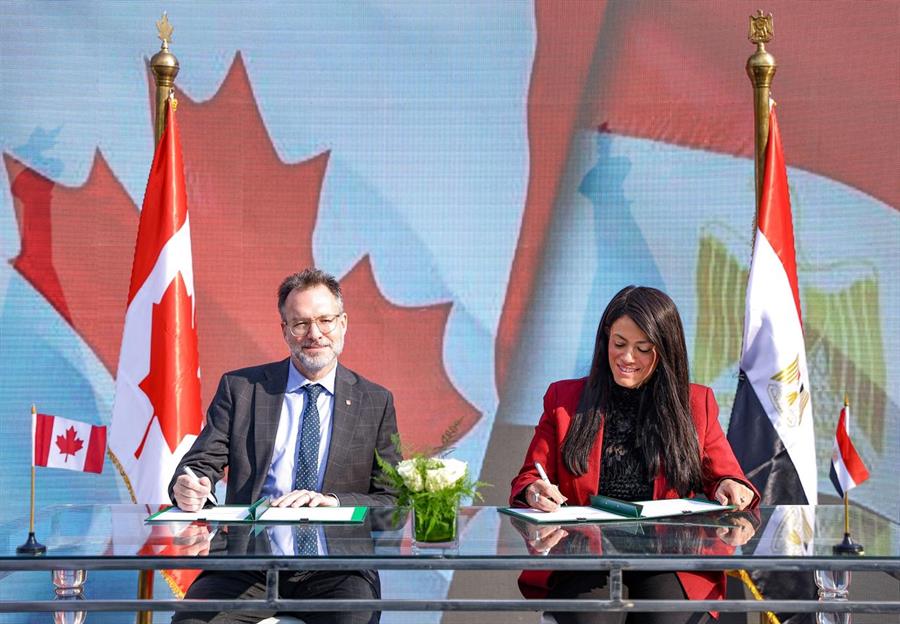Entrepreneurship grants resulted in 700 projects, providing 25,000 job opportunities: Director of Rowad 2030 Project

07 July 2021
Egypt’s Ministry of Planning and Economic Development held on Wednesday a press conference headed by Dr. Hala El-Said, Minister of Planning to announce the details of the ministry’s success in including four additional Egyptian initiatives on the “SDG Good Practices” platform.
The listed projects were the Decent Life (Hayah Karima) presidential initiative, the Rowad 2030 project, the local development program in Upper Egypt, and the integrated system for preparing and following up the investment plan.
For her part, Dr. Ghada Khalil, Director of the Rowad (Pioneers) 2030 project, highlighted major themes of the aforementioned project, which is held under the umbrella of the Ministry of Planning and Economic Development, emphasizing the importance of spreading the culture of entrepreneurship and the idea of self-employment for young people.Khalil referred to the launch of the Rowad Meter as a platform that includes indicators for entrepreneurs to provide figures and data to decision-makers.
Khalil explained that the Rowad 2030 project, through which cooperation protocols were signed with the universities of Cambridge, Cairo, the American University in Cairo (AUC), the German University in Cairo, and the Leadership Development Center, to benefit 340 young men and women with master's studies and grants in entrepreneurship.
She pointed out that the first batches of these programs graduated in 2019/2020, resulting in 700 projects in various sectors, providing 25,000 direct and indirect job opportunities, as well as establishing 10 business incubators in the fields of artificial intelligence, tourism, and others.
Khalil also indicated that the project launched the "Start Your Future Schools" awareness campaign to spread the culture of entrepreneurship and self-employment among school and university students, as the first phase reached more than 300,000 students in 27 governorates and more than 51,000 students in 3 governorates in the second phase.
Dr. Ghada Khalil talked about the project's success in publishing a monthly magazine, a cartoon series, and entrepreneur capsules, in addition to holding a series of discussion sessions that reached more than 4 million viewers.
Khalil also referred to the launch of the Million Entrepreneurs campaign, which aims to qualify one million Egyptian entrepreneurs by 2030.
The campaign aims to create 50 startups that will provide thousands of job opportunities.









